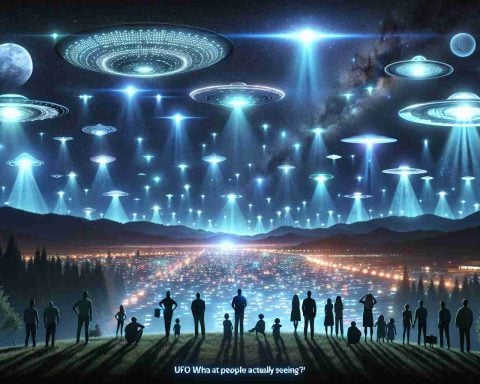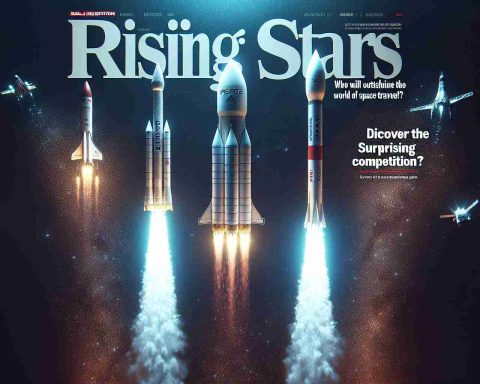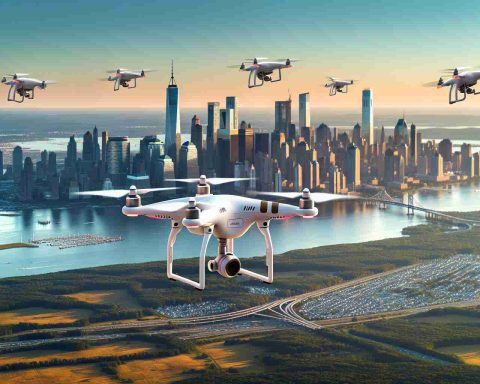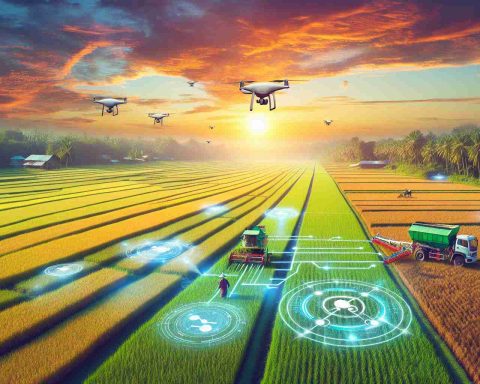A remarkable transformation is underway on the Antarctic Peninsula as vegetation cover has surged dramatically over the past few decades. Data from 1986 to 2021 shows an astonishing increase in greenery, expanding from approximately 0.86 square kilometers to nearly 12 square kilometers. This significant uptick in vegetation has been particularly pronounced in recent years.
While there are only two types of recognized vascular plants in Antarctica—the Antarctic hair grass and Antarctic pearlwort—most of the new growth is attributed to resilient moss species. These moss communities play a pivotal role in converting barren rock into fertile ground. As moss establishes itself, it facilitates soil formation, which is essential for supporting more diverse plant life.
This newfound vegetation has potential implications for the broader ecosystem of Antarctica, possibly impacting biodiversity and threatening the unique plant species that have evolved in isolation. Researchers caution that as tourism and scientific activities increase, so too does the risk of introducing non-native species to the region, prompting a need for enhanced biosecurity measures.
Interestingly, the greening phenomenon isn’t limited to Antarctica. Recent studies indicate that vegetation in Greenland has more than doubled since the 1980s, further highlighting a worrying trend of climate-induced change across the polar regions.
The Green Revolution in Antarctica: Unveiling Nature’s Resilience
A Remarkable Transformation on the Antarctic Peninsula
The Antarctic Peninsula is witnessing a remarkable transformation, with vegetation cover increasing dramatically over recent decades. Research spanning from 1986 to 2021 reveals an astonishing surge in greenery, expanding from about 0.86 square kilometers to nearly 12 square kilometers. This notable increase in vegetation, particularly pronounced in recent years, invites a closer examination of its ecological implications and potential consequences for the region.
Key Features of Vegetation Growth
1. Dominant Plant Species: The Antarctic Peninsula is home to only two recognized vascular plants: the Antarctic hair grass and the Antarctic pearlwort. However, the majority of the new greenery is attributed to resilient moss species. These moss communities are crucial in transforming barren rock into fertile soil, essential for supporting a diverse range of plant life.
2. Role of Moss in Ecosystem Development: Moss serves as a foundation for soil formation. As it establishes itself, it enhances the nutrient cycle, which is vital for further supporting plant diversity. This process may lead to an increase in primary productivity, thereby influencing the entire ecosystem.
3. Impact on Biodiversity: The surging vegetation could have profound implications for the local ecosystem, potentially boosting biodiversity. However, it also raises concerns about the survival of native species that have adapted to existing environmental conditions. The introduction of new plant species, whether through natural migration or human activity, may threaten these unique native populations.
Environmental Challenges and Risks
As the Antarctic Peninsula undergoes this transformation, challenges accompany its evolution. Increased tourism and scientific activities pose significant risks, especially the potential introduction of non-native species. Researchers emphasize the necessity for enhanced biosecurity measures to protect the delicate and unique biosphere of the region.
Comparing Global Trends
Interestingly, the greening phenomenon observed in Antarctica is not isolated. Studies show that vegetation in Greenland has more than doubled since the 1980s, a trend that highlights a broader climate-driven change across polar regions. These transformations raise significant concerns regarding the impacts of climate change and may set a precedent for similar ecosystems worldwide.
Innovations in Climate Research
The shift in vegetation on the Antarctic Peninsula serves as a critical indicator of climate change dynamics. Ongoing research and monitoring are essential for understanding how such ecological changes will influence global weather patterns, carbon cycles, and sea-level rise. The advancements in remote sensing technologies enable scientists to monitor these changes more precisely, facilitating proactive environmental stewardship.
Future Predictions
Looking ahead, the continued greening of Antarctica and other polar regions may signify more than just local ecological changes. It can trigger debates regarding the long-term implications of global warming. Predictions suggest that as temperatures rise, plant growth in these areas may further accelerate, leading to changes in habitat availability and perhaps even the ecosystem’s overall structure.
Conclusion
The dramatic increase in greenery on the Antarctic Peninsula not only marks a significant ecological transformation but also serves as a poignant reminder of the ongoing effects of climate change. Understanding and addressing the associated risks and opportunities will be crucial in managing this delicate ecosystem. For further reading on related topics, visit National Geographic.



















